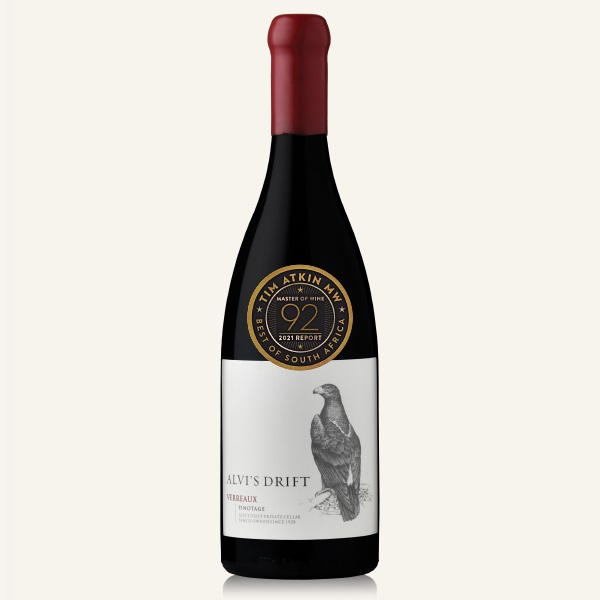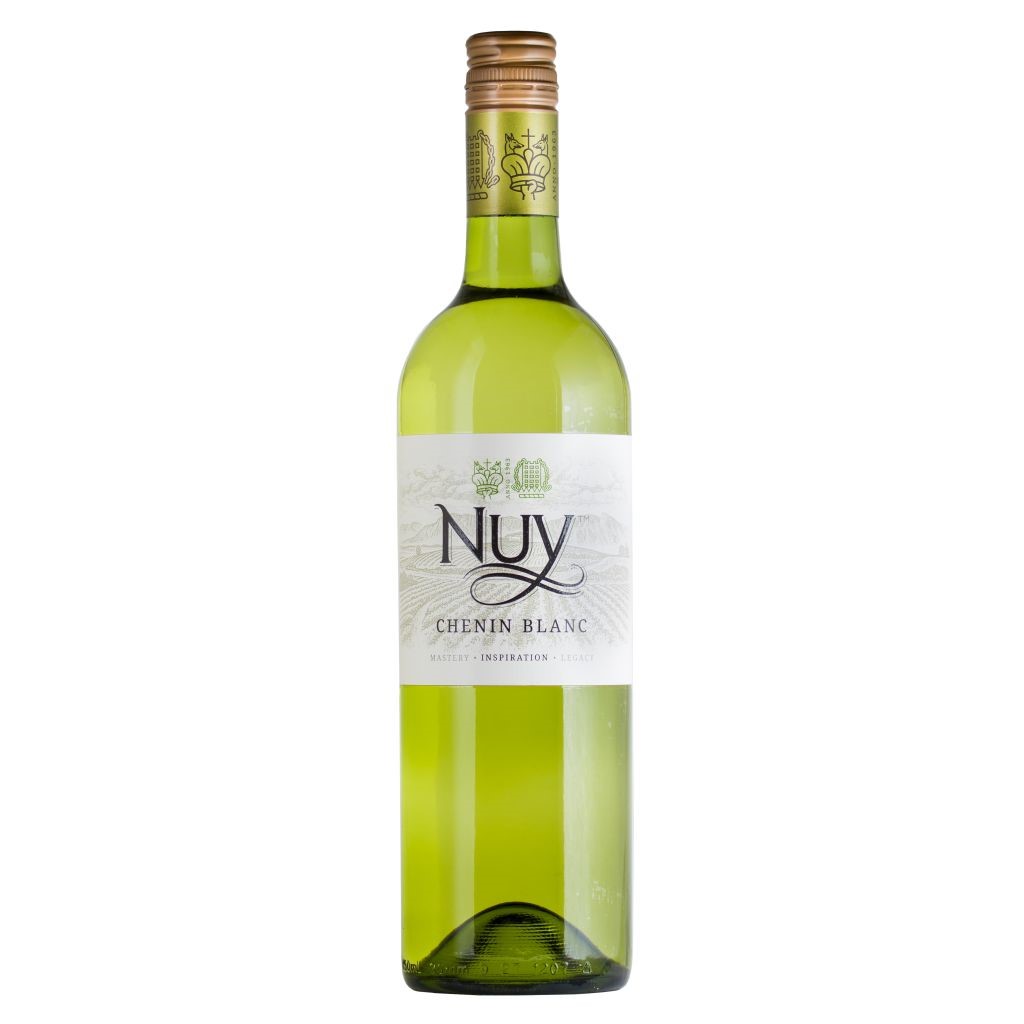Other side of the mountain
Worcester town lies at a crossroads to many other wine regions. From Cape Town on the N1 after Du Toitskloof tunnel, there’s Breedekloof; Tulbagh is a pretty 45-minute-drive away to the west; on Route 62, after passing some Worcester cellars, Robertson is next wine region of call. Even continuing north on the N1 there are vines, though table than wine grapes.
Worcester region is one of the smaller areas under vine (though largest in area), with just over 6600 ha, chenin blanc having the greatest share at 1912 ha. There are around 12 wineries, a mix of private and producer (previously Co-operatives) cellars.
Alvi’s Drift Private Cellar, owned by the van der Merwe family, is large by any standard: 6000 ha in total, its 450 ha of vineyards planted to 22 different varieties. Forward-thinking and innovative, the team have a finger on the pulse of the area, its strong points and where it should be heading.
Nuy is a highly regarded Producer Cellar; with just 19 members, it’s run like a family, quality the sole criterion from the 770ha of vineyards.
Cellarmaster, Riaan Marais with colleagues, Alvi and Richard from Alvi’s Drift, as well as Christo Pienaar, Cellarmaster at Nuy, offer some views on Worcester and its wines.
The Alvi’s team explain thanks to its size, Worcester has great diversity of soil and climatic conditions, so while it is generally thought of as a very warm area, there are parts officially classified as cool climate. Cold, wet winters and good diurnal temperatures in summer, Christo adds the natural low rainfall with ‘snow on the mountains’; all are positives for quality wine.
With so much chenin planted, it’s not surprising both producers name it as the area’s signature grape. Alvi’s Drift secured two chenins in this year’s Standard Bank Top 10, another as best South African wine in a competition in the USA. They reckon ‘We are only starting to see what this region can produce’. Christo believes vineyards spreading to foothills of the mountains is helping quality and the annual problem of frost on lower land. He also mentions chardonnay as doing well in the lime-rich soils.
On the red side, pinotage seems to have an affinity with Worcester; there are just on 400ha planted. While the region’s diversity makes it difficult to pin down a general style, for Christo, ‘the consumer is looking for a lighter, fruitier style and Worcester can deliver that.’ Alvi’s team are lucky to have some great 30-year-plus old vines, while younger vineyards planted further from the river on decomposed granite and shale and some on black slate have proved successful in adding interesting components to the wine. They are also experimenting with specific clones and rootstock on different soils.

Both chenin and pinotage are traditional in South African vineyards, but thinking of the future and climate change, which other varieties would do well in Worcester?

Portuguese and Spanish varieties are offered by Christo, though he feels chenin and sauvignon blanc are what consumers want. They have planted Hungarian variety, irsai olivér and morio muscat; ‘muscat infused wines are important in the bulk market.’ On Alvi’s Drift, marsellan (a cross between cabernet sauvignon and grenache) and cabernet franc have been introduced this year.
Possibilities abound in this beautiful, mountain-strewn region; it’s very much a question of ‘watch this Worcester space’.
- Blog by Angela Lloyd